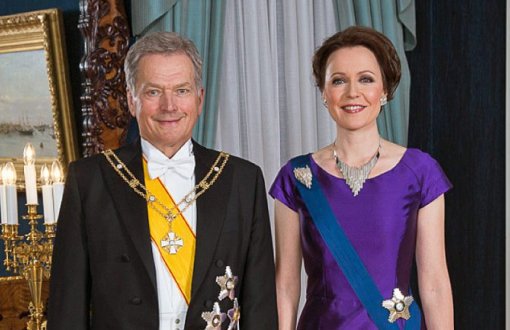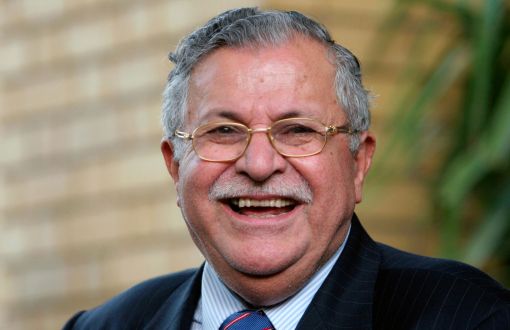*SDP leader Antti Rinne with Somalian activists during the election campaign. (Photo: Samia Muse / Twitter)
Click to read the article in Turkish
Never before have so many women been elected into the parliament than this year: 93 women will be in the forefront of making politics for 2019–2023. The previous record dated back to 2015, when 85 female candidates ran a successful campaign. There are 200 seats in the parliament and women make now 47 % of MPs.
The Green Parliamentary Group, for example, is set to consist of 17 women and only three men. The Green Party was all together one of the big winners of the elections as their group in the parliament grew from 15 to 20 MPs. They had a rocky road for a couple of years with the previous leader stumbling in scandals before leaving his post for sick leave. The saviour was Mr. Pekka Haavisto, very popular already as president candidate, who stepped in when most needed.
Also the Left Alliance made a good result, very much thank to their charismatic, young leader Li Andersson, known for her straight way of talking. The Left Alliance added four seats to bring its total to 16. Both the Greens and the Left Alliance had kept climate change at the forefront of their campaigns.
All in all, 83 incoming MPs are new to Parliament. Eight members are under 30 years old, and 48 percent of Parliament is under 45. Youngest MP is only 24.
Government parties took a drubbing as Prime Minister Juha Sipilä's Centre Party polled its lowest general election result ever with just 13.8 percent of the vote to lose 13 seats. The government had promised to bring the efficiency of the private sector to the public sector as well, but austerity policies and labour market experiments were very unpopular among the working population. Mr. Sipilä's background is in the business and tried to lead the country as a company, but failed.
First win for Social Democrats in 20 years
The Social Democratic Party (SDP) took most of the votes and got 40 MPs. This marks the return of the SDP, which had not been the largest party in Parliament since 1999.
But it also represents a historically narrow victory, as the SDP was followed by the unabashedly populist "Finns" Party with 39 seats and the moderate conservative National Coalition Party with 38 seats.
The Finns Party was the real winner of this election. Since the last elections the party has split into two and the now winning part is the group of the hard-liners. Its leader, Mr. Jussi Halla-aho is known for his anti-immigration opinions and the Finnish Supreme Court has sentenced him to fines for extreme opinions in his blog.
According Mr. Halla-aho the talk about climate change is also just "fuss". He does not deny the phenomena but thinks that Finland is already doing enough to protect the nature.
Far-right influence spreads among the middle class
In earlier elections the Finns Party has been popular in low income groups, but this time the votes came also from middle and upper middle class. The rhetoric of the party is to keep foreigners away from Finland and it seems to work well. In 2015, when around 1 million asylum seekers came to Europe, some 30 000 found their way to Finland in northern Europe and the Finns Party is using every opportunity to warn about immigration.
Political analysts see last Sunday's elections as protest. Some people protested the politics of previous government and let down the coalition parties. Some people protested the male dominated politics and voted for female candidates. Some people wanted to see younger MPs and let down the veterans that had been in the parliament for years.
The negotiations to form the government are going to be difficult. The SDP has already before the elections said that the Finns party's values are too far away from theirs and therefore they cannot be in same government. (LR/VK)










